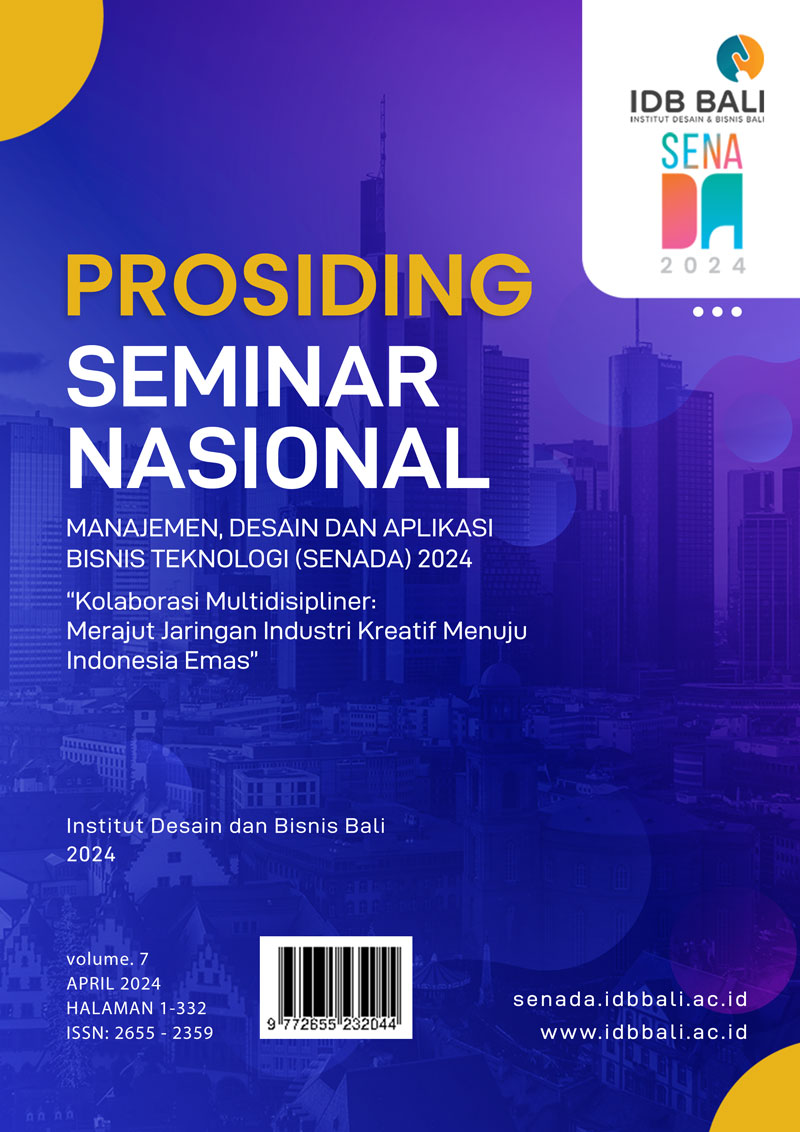DESAIN PERHIASAN MODE YANG BERTANGGUNG JAWAB DALAM RANGKA MENDUKUNG SDG (SUSTAINABLE DEVELOPMENT GOALS)
Studi Kasus: Rubysh Jewelry
Keywords:
plastic waste, fashion jewelry, SDGAbstract
Plastic waste and women empowerment are two cross-cutting issues addressed as the themes for designing fashion jewelry products in this article. The article is the result of observations, interviews, design iteration processes, collaboration with the Rubysh Jewelry brand, and the involvement of women artisans working with plastic waste. The aim of this article is to provide an overview of the fashion jewelry design process in collaboration with Rubysh Jewelry, using plastic waste to support the Sustainable Development Goal (SDG) 12 on responsible production and SDG 5 on women empowerment. Four collections were created, namely: HDPE Earrings, Plastic Stone Rings, Sea Glass, and PET Flowers. It is hoped that this article can provide insights to those in the creative industry and consumers that efforts to preserve the environment can be an alternative and hopefully, inspire other more innovative efforts.
Downloads
References
[2] Karana, E., Barati, B., Rognoli, V., & Zeeuw Van Der Laan, A. (2015). Material driven design (MDD): A method to design for material experiences. International journal of design, 9(2), 35-54.
[3] Strachan, D. M. and Pierce, E. M. (2010). Ancient glass: a literature search and its role in waste management.. https://doi.org/10.2172/1009767
[4] https://aseansedp.org/rubysh/, diakses pada Januari 2024
[5] https://www.greeners.co/ide-inovasi/rubysh-jewelry-misi-cinta-lingkungan-dengan-aksesori-cantik/, diakses pada Januari 2024
[6] https://rubysh-jewelry.com/, diakses pada Januari 2024
[7] https://sdgs.un.org/goals, diakses pada Januari 2024
[8] https://seaglassassociation.org/, diakses pada Januari 2024






